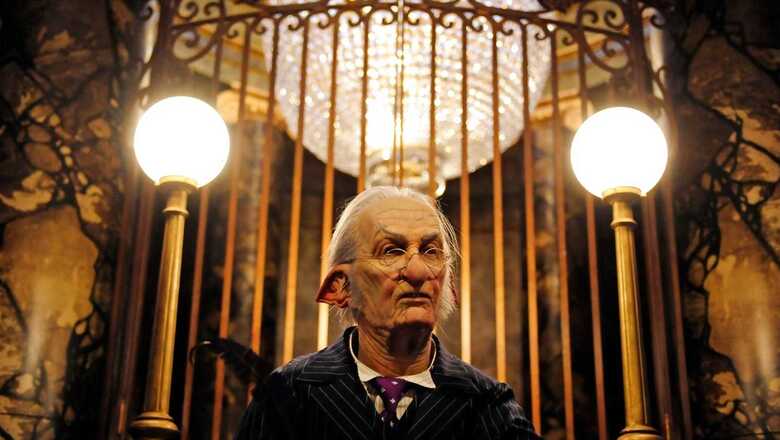
views
The word of the year, according to the venerable publisher behind the Oxford English Dictionary, is ‘goblin mode.’ Were they lazy? Did they themselves go goblin mode or does it indicate a cultural shift for the world?
News18 explains the meaning of the term, how it was chosen, and its cultural implications:
What Does it Mean and Where Did it First Prop Up?
“Goblin mode,” is a slang term for “unapologetically self-indulgent, lazy, slovenly, or greedy behaviour, typically in a way that rejects social norms or expectations.”
The exact origins of “goblin mode” are unknown, according to a report by the New York Times. Oxford says it first appeared on Twitter in 2009, but it went viral last spring thanks to a satirical tweet featuring a fake news headline quoting actress Julia Fox as saying that she and Kanye West broke up because he didn’t like it when she “went goblin mode.” (Fox later denied using the phrase “goblin mode” on Instagram Stories, writing, “Just for the record, I have never used the phrase ‘goblin mode.'”
‘Going Goblin Mode’
Oxford’s definition of goblin: (in folklore and fantasy fiction) a mischievous, ugly creature resembling a dwarf.
A report by the Guardian describes going Goblin Mode: “Spending the day in bed watching 90 Day Fiancé on mute while scrolling endlessly through social media, pouring the end of a bag of chips in your mouth, and downing Eggo toaster oven waffles with hot sauce over the sink because you can’t be bothered to put them on a plate are all examples of depravity. Leaving the house in your pjs and socks for a single Diet Coke from the bodega.”
“The idea that it can be turned on and off is inherent in the phrase,” according to Dave McNamee, a self-described “real-life goblin” whose tweet about goblin mode recently went viral. He described Goblin mode as a state of mind rather than a permanent identity.
“Goblin mode is like waking up at 2 a.m. and shuffle into the kitchen wearing nothing but a long T-shirt to make a strange snack, like melted cheese on saltines,” he explained. “There is a complete lack of aesthetic.” Because why should a goblin care about their appearance? “Why would a goblin be concerned with presentation?” he said.
Pandemic and Its Effects
The report by The Guardian linked the term’s prevalence to the chaos of the pandemic times. “The trend is a direct departure from the early pandemic’s hyper-curated “cottagecore” influence, a standout 2020 trend that included pastel colours, bucolic scenery, and the showcasing of wholesome homemaking skills such as baking and embroidery. Cottagecore thrived on the wistful ethos of making the most of what many people expected to be a few boring weeks at home in 2020,” the report said, adding that as the pandemic continued and the chaos of current events worsened, people felt cheated by the system and rejected such goals.
“New words catch on when they capture our imagination, or fill a hole with a word for a concept we need to express,” Katherine Connor Martin, product director at Oxford Languages, told the New York Times. “What ‘goblin mode’ tells me is it resonated with the feeling that the pandemic is over, but we’re still grappling with it. Do we want to go back to the notions of respectability of the pre-pandemic world?”
How Is the Word of the Year Chosen?
The Oxford Corpus of more than 19 billion words, gathered from news sources around the English-speaking world, is used to determine the Word of the Year. According to Oxford, the selection is intended to “reflect the ethos, mood, or preoccupations” of the preceding year while also having “potential as a term of lasting cultural significance.”
Normally, Oxford’s lexicographers compile a list of words that experienced a statistically significant increase before selecting one. They took a more populist approach this year, announcing a shortlist of three options — “goblin mode,” “#IStandWith,” and “metaverse” — and then putting it to a two-week online public vote.
With inputs from the New York Times
Read all the Latest Explainers here













Comments
0 comment